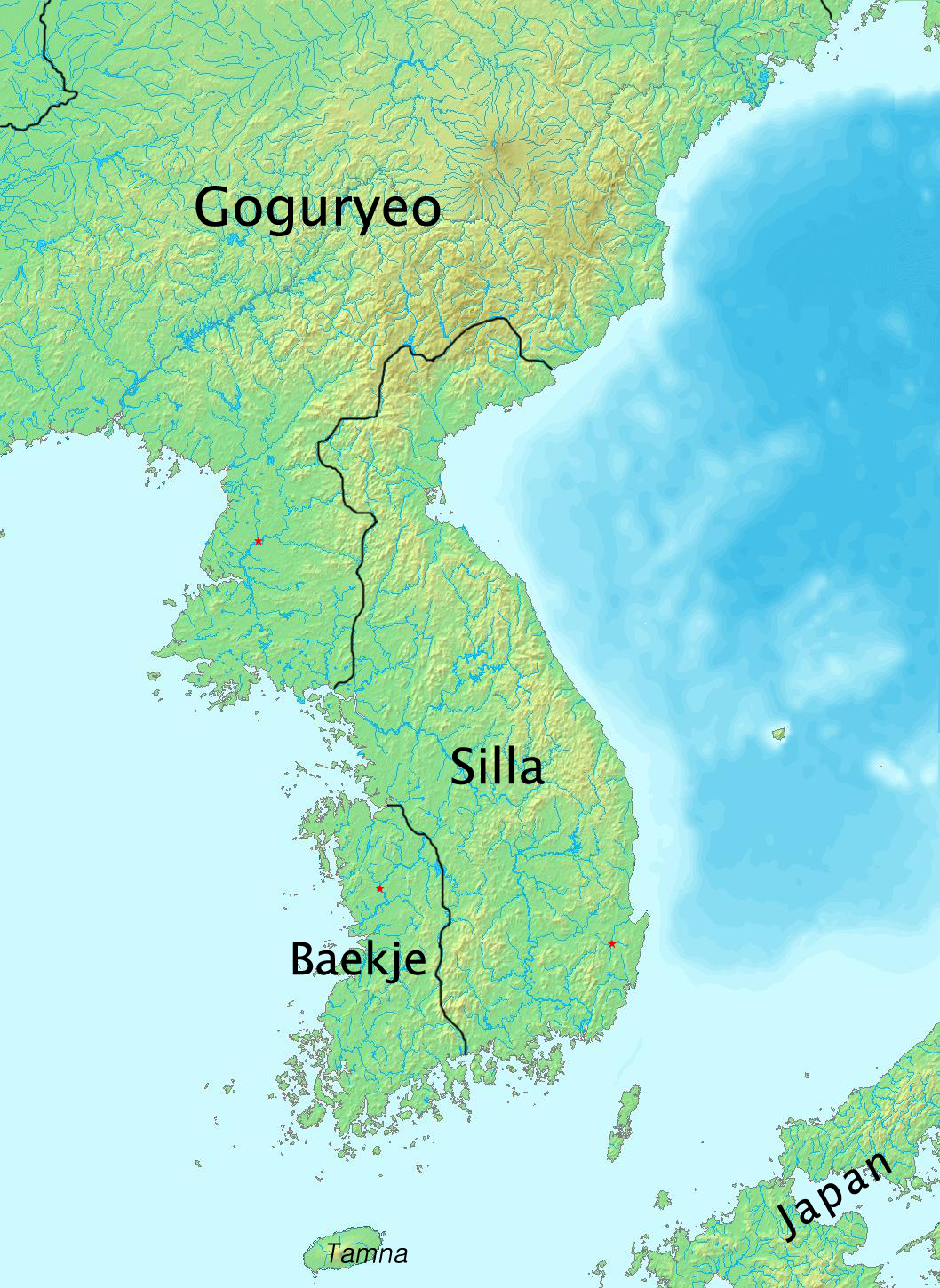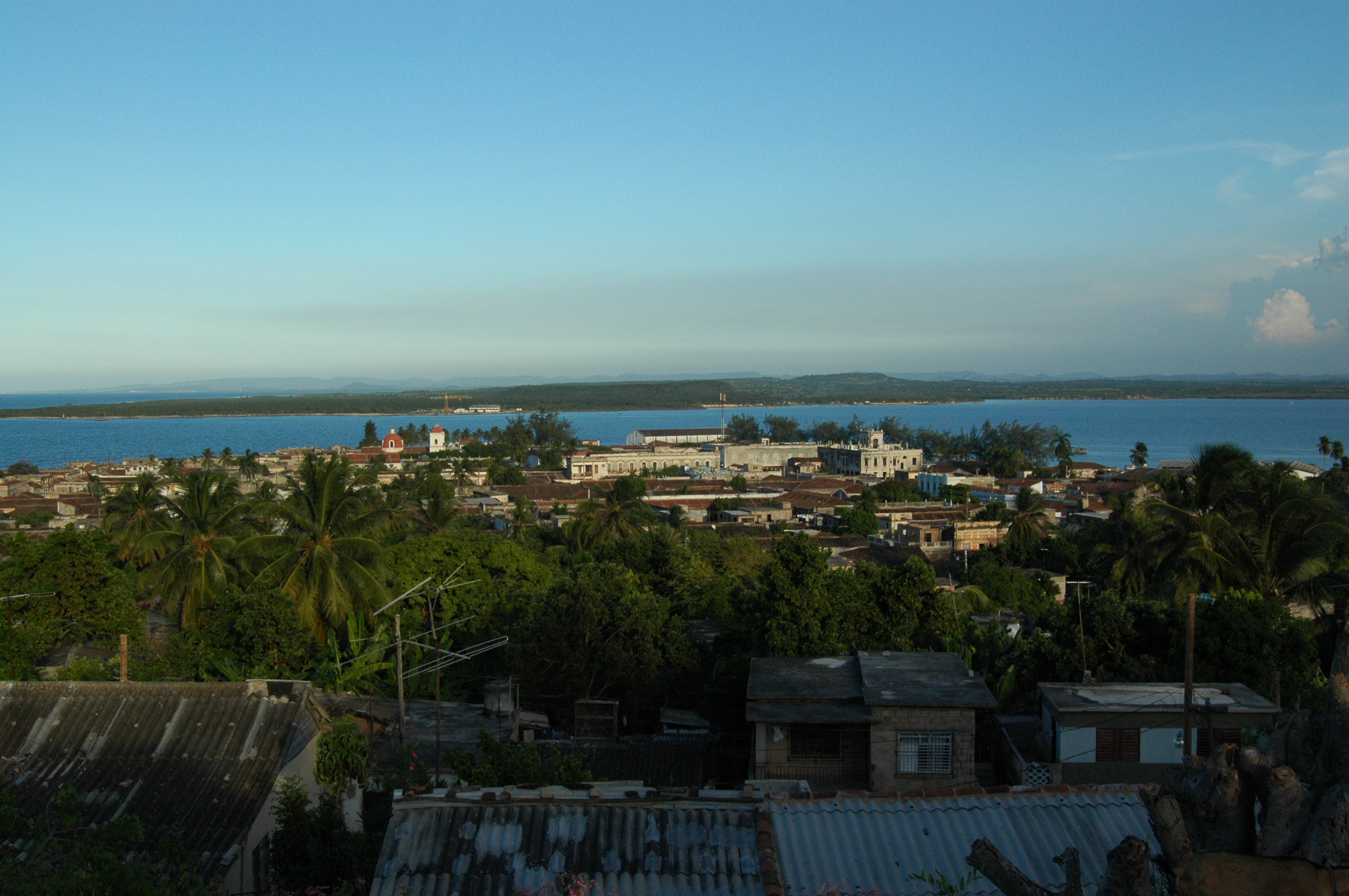|
Silla (other)
Silla was a Korean kingdom from 57 BC to 935 AD. Silla may also refer to: Arts and religion * Crowns of Silla, ceremonial artifacts made in the kingdom of Silla * Silap Inua, a deity in Inuit mythology * Zillah (biblical figure) or Tselah (), one of Lamech's wives in the Bible * A character in Barnabe Rich's ''History of Apolonius and Silla'' in his Farewell to Military Profession (1581) Music * Silla (Handel), ''Silla'' (Handel), 1713 opera seria by George Frideric Handel * Silla (Graun), 1753 opera by Graun * ''Lucio Silla'', a Mozart opera *''Mr. Silla & Mongoose'', an Icelandic electronic music group People *Silla (name) * Sulla (died 78 BC), Roman general and dictator * Silla (rapper) (born 1984), German rapper formerly known as Godsilla Places *Silla, Sultanpur Lodhi, a village in India *Silla, Mali, a village on the Niger, 130 km (80 mi) south from Ségou *Silla, Valencia, a town in Spain Estonia *Silla, Lääne County, village in Kullamaa Parish, Lääne County *Si ... [...More Info...] [...Related Items...] OR: [Wikipedia] [Google] [Baidu] |
Silla
Silla or Shilla (57 BCE – 935 CE) ( , Old Korean: Syera, Old Japanese: Siraki2) was a Korean kingdom located on the southern and central parts of the Korean Peninsula. Silla, along with Baekje and Goguryeo, formed the Three Kingdoms of Korea. Founded by Hyeokgeose of Silla, of the Park family, the Korean dynasty was ruled by the Gyeongju Gim (Kim) (김, 金) clan for 586 years, the Miryang Bak (Park) (박, 朴) clan for 232 years and the Wolseong Seok (석, 昔) clan for 172 years. It began as a chiefdom in the Samhan confederacies, once allied with Sui China and then Tang China, until it eventually conquered the other two kingdoms, Baekje in 660 and Goguryeo in 668. Thereafter, Unified Silla occupied most of the Korean Peninsula, while the northern part re-emerged as Balhae, a successor-state of Goguryeo. After nearly 1,000 years of rule, Silla fragmented into the brief Later Three Kingdoms of Silla, Later Baekje, and Taebong, handing over power to Goryeo in 935. ... [...More Info...] [...Related Items...] OR: [Wikipedia] [Google] [Baidu] |
Silla Pata
Silla Pata (Aymara ''silla'' cane of maize, ''pata'' step, "maize cane step") is a mountain in the Cordillera Real in the Andes of Bolivia. It is located in the La Paz Department, Murillo Province, Palca Municipality. Silla Pata lies in the southern part of the Illimani massif. It is situated south-east of the highest point of the massif and Layqa Qullu and south-west of Link'u Link'u Link'u Link'u (Aymara for zig-zag, also spelled ''Linkho Linkho, Linko Linko'') is a mountain in the Cordillera Real in the Andes of Bolivia. It is situated in the La Paz Department at the border of the Murillo Province, Palca Municipality, .... (unnamed) References Mountains of La Paz Department (Bolivia) {{LaPazBO-geo-stub ... [...More Info...] [...Related Items...] OR: [Wikipedia] [Google] [Baidu] |
Silla (month)
Silā ( Nepal Bhasa: 𑐳𑐶𑐮𑐵, सिला) is the fourth month in the Nepal Era calendar, the national lunar calendar of Nepal. The month corresponds to Magha (माघ) in the Hindu lunar calendar and February in the Gregorian calendar. Silā begins with the new moon and the full moon falls on the 15th of the lunar month. The month is divided into the bright and dark fortnights which are known as Silā Thwa (सिला थ्व) and Silā Gā (सिला गा) respectively. The most important festivals during the month are Shree Panchami which falls on the fifth day of the bright fortnight and Maha Shivaratri ( Nepal Bhasa: सिला चह्रे ''Silā Charhe'') on the 14th day of the dark fortnight. Shree Panchami is the first day of spring while Shivaratri honors the Hindu deity Shiva. On the full moon day, the month-long Swasthani Shree Swasthani is a Hindu goddess ( Parameshwari) and is responsible for the good fortune, welfare and Power. ... [...More Info...] [...Related Items...] OR: [Wikipedia] [Google] [Baidu] |
Silla Restoration Movement
The Silla restoration movement refers to a series of uprisings in Yeongnam province of Korea in the middle Goryeo dynasty. These were part of a pattern of revolts aimed at restoring one of the old Three Kingdoms of Korea which took place across Korea in the 12th century. Representative Silla restoration revolts include those led by Yi Ui-min in 1186 and by Kim Sa-mi in 1193. See also *History of Korea *Military history of Korea *Later Three Kingdoms of Korea 12th-century rebellions Goryeo Rebellions in Asia Silla 12th century in Asia 12th century in Korea {{Korea-stub ... [...More Info...] [...Related Items...] OR: [Wikipedia] [Google] [Baidu] |
Silla University
Silla University () is a private university located in the second largest city of Busan, South Korea. To encourage international careers, collaborations and exchanges, Silla University maintains strong international links with 175 universities in 28 countries. Notable people *Kim Chae-yeon Kim Chae-yeon ( ko, 김채연, link=no) may refer to: * Kim Chae-yeon (singer) (born 2004), South Korean singer, born Kim Chae-yeon * Kim Chae-yeon (actress) (born 1977), South Korean actress * Kim Chae-yeon (figure skater) Kim Chae-yeon (Hang ..., actress References External links Official site Private universities and college ... [...More Info...] [...Related Items...] OR: [Wikipedia] [Google] [Baidu] |
Silla Language
Old Korean () is the first historically documented stage of the Korean language, typified by the language of the Unified Silla period (668–935). The boundaries of Old Korean periodization remain in dispute. Some linguists classify the sparsely attested languages of the Three Kingdoms of Korea as variants of Old Korean, while others reserve the term for the language of Silla alone. Old Korean traditionally ends with the fall of Silla in 935. This too has recently been challenged by South Korean linguists who argue for extending the Old Korean period to the mid-thirteenth century, although this new periodization is not yet fully accepted. This article focuses on the language of Silla before the tenth century. Old Korean is poorly attested. The only surviving literary works are a little more than a dozen vernacular poems called ''hyangga''. Hyangga use hyangchal writing. Other sources include inscriptions on steles and wooden tablets, glosses to Buddhist sutras, and the transcript ... [...More Info...] [...Related Items...] OR: [Wikipedia] [Google] [Baidu] |
Majorca
Mallorca, or Majorca, is the largest island in the Balearic Islands, which are part of Spain and located in the Mediterranean. The capital of the island, Palma, is also the capital of the autonomous community of the Balearic Islands. The Balearic Islands have been an autonomous region of Spain since 1983. There are two small islands off the coast of Mallorca: Cabrera (southeast of Palma) and Dragonera (west of Palma). The anthem of Mallorca is " La Balanguera". Like the other Balearic Islands of Menorca, Ibiza, and Formentera, the island is an extremely popular holiday destination, particularly for tourists from the Netherlands, Germany and the United Kingdom. The international airport, Palma de Mallorca Airport, is one of the busiest in Spain; it was used by 28 million passengers in 2017, with use increasing every year since 2012. Etymology The name derives from Classical Latin ''insula maior'', "larger island". Later, in Medieval Latin, this became ''Maiorca'', "the larg ... [...More Info...] [...Related Items...] OR: [Wikipedia] [Google] [Baidu] |
Caracas
Caracas (, ), officially Santiago de León de Caracas, abbreviated as CCS, is the capital and largest city of Venezuela, and the center of the Metropolitan Region of Caracas (or Greater Caracas). Caracas is located along the Guaire River in the northern part of the country, within the Caracas Valley of the Venezuelan coastal mountain range (Cordillera de la Costa). The valley is close to the Caribbean Sea, separated from the coast by a steep 2,200-meter-high (7,200 ft) mountain range, Cerro El Ávila; to the south there are more hills and mountains. The Metropolitan Region of Caracas has an estimated population of almost 5 million inhabitants. The center of the city is still ''Catedral'', located near Bolívar Square, though some consider the center to be Plaza Venezuela, located in the Los Caobos area. Businesses in the city include service companies, banks, and malls. Caracas has a largely service-based economy, apart from some industrial activity in its metropolitan ar ... [...More Info...] [...Related Items...] OR: [Wikipedia] [Google] [Baidu] |
Gibara
Gibara () is a town and municipality of the Province of Holguín in the Republic of Cuba. Gibara is the fourth largest town by population and the ninth by area in Holguín. History The main town was founded on January 16, 1817. It is also known as "The White Town", es, La Villa Blanca. Gibara has a beautiful and breezy landscape, and also possesses excellent architectural designs and a well-planned layout of its streets, houses and parks. Even so, Gibara's biggest asset, according to visitors, are its people, which are described as cooperative, friendly, affectionate, and proud of their village and of its history. It is said Admiral Christopher Columbus had remarked of Gibara's environs that "it is the most beautiful land that human eyes saw." "The White Villa" in Gibara, although small, is said to possess a peculiar charm, exhibiting an architectural patrimony reflecting almost two centuries of history, as well as its people's cultural roots. Currently, some controversy exists ... [...More Info...] [...Related Items...] OR: [Wikipedia] [Google] [Baidu] |
Paita
Paita is a city in northwestern Peru. It is the capital of the Paita Province which is in the Piura Region. It is a leading seaport in the region. Paita is located 1,089 km northwest of the country's capital Lima, and 57 km northwest of the regional capital of Piura. Starting in 2014, the city has considered ideas for separating from the Piura Region, proclaiming itself as the "Miguel Grau Region". Location Paita is located at on a small peninsula south of the mouth of the Río Chira on an area of 1,785 km². Paita faces the ''Bay of Paita'', and is sheltered from southerly winds by a headland called ''Punta Paita'' and by a large hill called ''Silla de Paita''. 90 km to the southeast is the capital of the Piura Region, Piura, and 160 km to the south is located Chiclayo, commercial centre of the Lambayeque region. Population The population of Paita was 3,800 in 1906, 20,000 in 1993, 122,127 in 2007, and 168,900 in 2015. History Prehistoric era Paleo ... [...More Info...] [...Related Items...] OR: [Wikipedia] [Google] [Baidu] |
La Silla Observatory
La Silla Observatory is an astronomy, astronomical observatory in Chile with three telescopes built and operated by the European Southern Observatory (ESO). Several other telescopes are located at the site and are partly maintained by ESO. The observatory is one of the largest in the Southern Hemisphere and was the first in Chile to be used by ESO. The La Silla telescopes and instruments are located 150 km northeast of La Serena, Chile, La Serena at the outskirts of the Chilean Atacama Desert, one of the driest and most remote areas of the world. Like other observatories in this geographical area, La Silla is located far from sources of light pollution and, like the Paranal Observatory, home to the Very Large Telescope, it has one of the darkest night skies on the Earth. History Following the decision in 1963 to approve Chile as the site for the ESO observatory, scouting parties were sent to various locations to assess their suitability. The site that was decided upon was ... [...More Info...] [...Related Items...] OR: [Wikipedia] [Google] [Baidu] |




